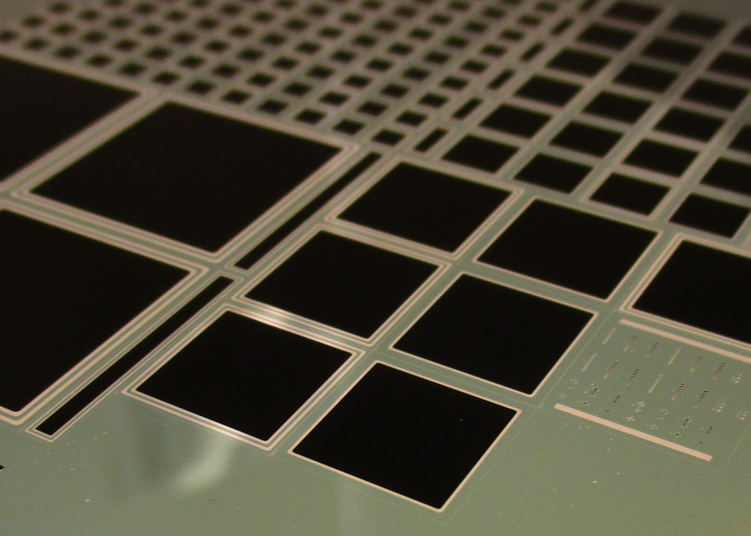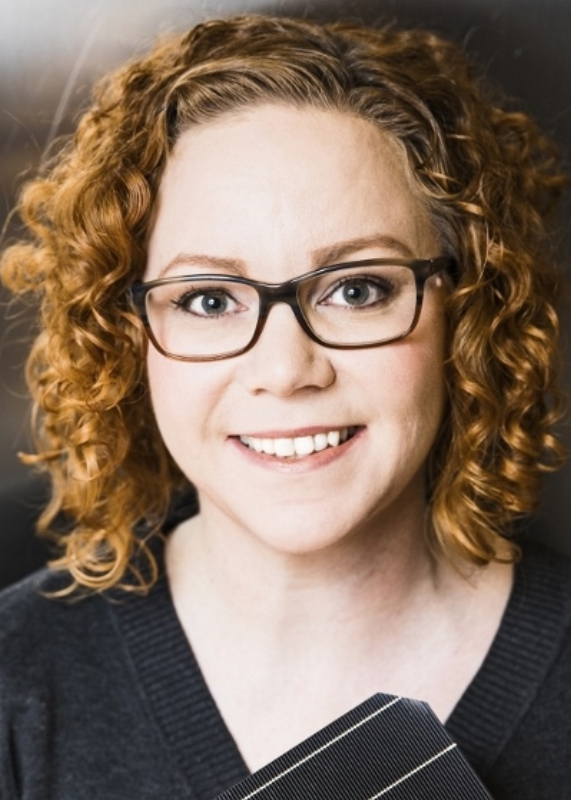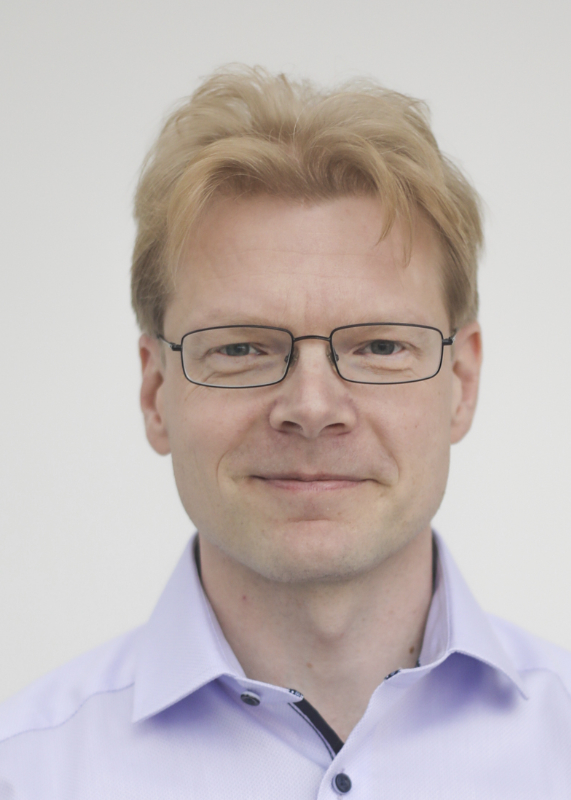
Infrared sensors have several important areas of application, such as in medical imaging, data communications, robotic cars and dark vision. Launched in 2020 with funding from the Finnish Research Impact Foundation FRIF, Superior infrared sensors is a two-year project where researchers from Aalto University are working closely with business partner ElFys to develop a new type of highly sensitive infrared sensor.
The project brings together the expertise of Aalto researchers on nanomaterials such as black silicon and the business partner’s know-how in components manufacturing and production. Pooling resources and expertise is an effective route to achieving challenging goals, but the success of the project also depends on how well the two partners work together.
Together with Mr Antti Haarahiltunen, project coordinator and supervisor at ElFys, the project’s Principal Investigator, Associate Professor Hele Savin and postdoc researcher Toni Pasanen from the Aalto Department of Electronics and Nanoengineering offer some useful pointers on how to make the most of Tandem Industry Academia collaborations.

Hele Savin, Associate Professor, Micro and Nanoelectronics. Department of Electronics and Nanoengineering, Aalto University. 
D.Sc. (Tech), MD Antti Haarahiltunen, CTO, ElFys Oy. 
Toni Pasanen, Postdoctoral Researcher. Department of Electronics and Nanoengineering, Aalto University.
Get the right people in the right places
Tandem Industry Academia (TIA) projects provide a unique framework for building strong and productive collaboration between academic researchers and business partners. The key lies in getting the right people in the right places.
“I’d invest a lot to ensure that you get the right people to carry the project forward. The postdoc researcher has a pivotal role which differs significantly from what you’ll see in purely academic projects, for instance. It’s crucial that your postdoc researcher is motivated both by the research subject and by the prospect of working in an industrial environment,” says Associate Professor Hele Savin from Aalto University.
In addition to a Principal Investigator and postdoc researcher, TIA projects are to appoint an Industrial Supervisor representing the business partner and organization.
“The supervisor must be committed and devoted to working on the theme of the project but should also have an interest in doing academic research. This is because the TIA project involves close cooperation with the university and in that sense differs from regular in-house product development projects,” says postdoc researcher Toni Pasanen.
“For the Industrial Supervisor it’s definitely a plus to have experience of academic projects, both from the point of view of setting realistic goals and time use in general,” Mr Haarahiltunen adds.
Cooperation pays dividends, from the very outset
All plans submitted for TIA projects are required to include a preliminary schedule for the project where working hours are evenly allocated between the business company and the university.
“Our initial plan was for Toni to spend his first project year at the university and the second year with the business partner, but this didn’t work out as we had anticipated,” Savin says.
“We soon realized it would be much more useful if we had access to the expertise and hardware available at the business partner from the very outset. That’s why I’ve spent quite a surprising amount of time working with the company as soon as we got underway,” Pasanen says.
“I’d advise against setting down a very strict timetable. The stage of the research process may also influence the decision on whether it makes more sense to work at the university or with the company,” he continues.
Lay down the ground rules as early as possible
In any joint research project it’s important to agree on a set of ground rules concerning any immaterial rights created in the course of the project and the preparation of publications, for instance.
“We have a written agreement on immaterial rights between the university and the business partner,” Savin says.
“There are lots of practical things that you should agree upon in advance, such as communications, data sharing, timetables and the use of company equipment or other resources, but it’s also important to specify what’s regarded as confidential information and business secrets for the company: you need to cover these issues before the researcher has conducted any experiments and submitted the first scientific article for review. This will help to avoid any awkward situations arising later,” Pasanen adds.
“From the business partner’s point of view I think publishing is always a good idea, so long as the process of protecting any potentially innovative elements has been properly started,” Haarahiltunen continues.
Prepare for the post-project era
Every project will eventually come to an end. The TIA projects funded in the first and second rounds in 2020 and 2021 are scheduled to run for two years. Although the postdoc researcher in every TIA project is on the university’s payroll, it’s good to talk about what kind of future expectations the project creates for the business partner.
Associate Professor Hele Savin is keen to stress the importance of considering the postdoc researcher’s role in relation to the company once the project is completed, and doing this as early as possible: “Will the researcher be in the same position as other company employees? Is the company possibly looking to hire the researcher?”
“It’s good if the postdoc researcher gets to work as part of the team in the business partner’s organization, rather than limiting his or her interaction to communications with the supervisor in the company. It will help the researcher gain a clearer picture of what else the company is doing and what it’s like to work in the company. And this, in turn, will help to form a clearer picture of the post-project era,” Toni Pasanen says.
Antti Haarahiltunen shares a similar view:
“After the project the postdoc researcher will hopefully have a positive impression of the company and, if the situation’s right, will want to join the company. This will be more likely if during the course of the project he or she has the opportunity to see close up how the company works,” he explains.
Maintaining close relations with the business partner is also important from the university’s point of view.
“It good to talk about how the two parties can continue their collaboration once the project is completed,” Savin says.
“It’s unlikely this research subject will be exhausted in two short years, so the collaboration can probably continue,” Haarahiltunen concludes.
Superior infrared sensors is a joint research project between Aalto University and ElFys. The project received two-year funding from the Finnish Research Impact Foundation in 2020. Click here for more information on FRIF-funded projects.




